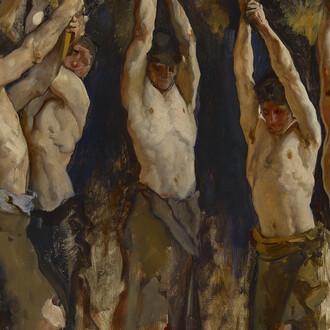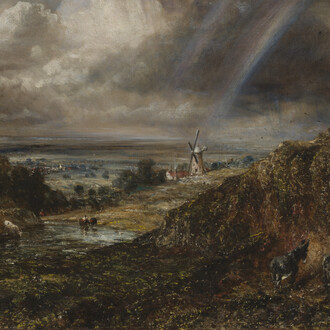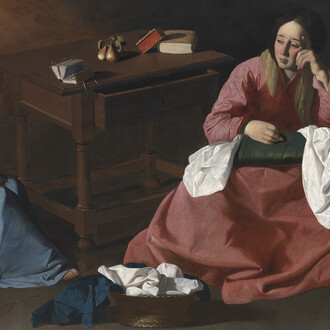Ronchini Gallery is proud to present the first UK solo exhibition of Japanese artist Katsumi Nakai. With works spanning from the 1960’s to 2012 this exhibition presents a comprehensive overview of this critical figure whose artistic achievements have yet to be fully appreciated on a grand scale.
Nakai studied painting at the Institute of Fine Arts Osaka, Japan, and was already active in the Japanese art scene with several successful shows in his native land when he moved to Milan in 1964. This period in Milan was one of the most stimulating and defining moments in contemporary art history, which further developed Nakai’s remarkable oeuvre and unique point of view.
Described by friends and fellow artists as steadfast and meditative, Nakai soon entered the circle of artists that in 1967 writer and art critic Guido Ballo described as the “New Milanese School” (“Nuova Scuola di Milano”). Amongst them were personalities such as Lucio Fontana and Tomonori Toyofuku, as well as: Enrico Baj, Agostino Bonalumi, Paolo Scheggi, Enrico Castellani, and Nanda Vigo. In particular, Lucio Fontana and gallerist Renato Cardazzo played pivotal roles in the shaping of Nakai’s artistic practice in Milan. Nakai was interested in Fontana’s idea of Spatialism, and how it was felt as a breach of artistic conventions, allowing for concepts such as time and space to enter the canvas. And Cardazzo gave Nakai his first solo exhibition at Galleria del Cavallino, Venice in 1965, as well as multiple exhibitions at Galleria del Naviglio, Milan.
Nakai’s multi-coloured wooden structures probe the pictorial surface and its levels of dimensionality, which are delicately raised and projected into the viewer’s space. In this sense, Nakai’s work exceeds the limits of the flat canvas, by staging an interplay between outward projections, form, and volumes. Existing between traditional two-dimensional paintings and three-dimensional sculptures, the final outcome, as described by Guido Ballo, is a “pictorial object.”
Nakai’s unique voice is a synthesis of the progressive ideals of the Nuova Scuola di Milano and the rich history of Japan, specifically its dedicated craftsmanship and its poetic allusiveness. The colourful layers in Nakai’s multi-dimensional pictorial objects multiply and cheerfully transform, as almost an intricate game of origami, spellbinding the viewer and unveiling, before their eyes, metaphysical mysteries.
















